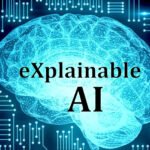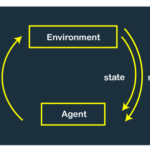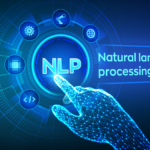Igniting the Dynamic Workforce in Your Company
In today’s fast-paced business landscape, companies must continually adapt and innovate to stay ahead of the competition. A critical component of this success is cultivating a dynamic workforce that is not only highly skilled but also motivated and engaged. A dynamic workforce is a group of employees who are not afraid of change, embrace new ideas, and possess the necessary skills to tackle challenges effectively. In this blog, we will explore strategies to ignite the dynamic workforce in your company, fostering a culture of excellence and driving long-term growth.
- Invest in Employee Development
Empowering your employees with the right knowledge and skills is the foundation of a dynamic workforce. Implement a comprehensive employee development program that includes regular training sessions, workshops, and access to online learning platforms. By investing in your employees’ growth, you not only enhance their abilities but also demonstrate that you value their contributions and are committed to their success.
Encourage a learning culture where employees are not afraid to take risks, try new approaches, and learn from their mistakes. Support their aspirations and provide opportunities for them to expand their expertise in various areas, enabling them to take on more significant challenges within the company.
- Foster a Collaborative Environment
A dynamic workforce thrives in an atmosphere of open communication and collaboration. Encourage teamwork by breaking down silos and promoting cross-functional projects. Allow employees from different departments to work together, exchanging ideas and perspectives. Collaboration fosters creativity and helps employees see the bigger picture, leading to more innovative solutions and approaches.
Embrace a flat organizational structure where ideas can flow freely, and decision-making is decentralized. Empower employees at all levels to voice their opinions and contribute to the company’s direction. This inclusivity will make them feel valued and engaged, ultimately boosting their motivation and commitment to achieving the company’s goals.
- Recognize and Reward Performance
Acknowledging and rewarding exceptional performance is a powerful way to ignite the spirit of excellence within your workforce. Implement a robust recognition program that celebrates individual and team achievements. Recognition can take various forms, such as monetary incentives, public praise, or career advancement opportunities.
Furthermore, consider introducing peer-to-peer recognition to encourage employees to appreciate and support each other’s efforts. A culture of recognition not only motivates high performers but also inspires others to step up and contribute their best to the company’s success.
- Embrace Technology and Automation
Technology can be a game-changer when it comes to igniting a dynamic workforce. Embrace digital tools and automation to streamline repetitive tasks, allowing employees to focus on high-value activities that require creativity and problem-solving. Technology can also provide valuable insights and data analytics to make better-informed decisions, increasing the efficiency and effectiveness of your workforce.
Additionally, encourage the use of collaboration tools and communication platforms to facilitate seamless information sharing and teamwork, especially in today’s remote work environment.
- Encourage Work-Life Balance
A workforce that feels supported in achieving work-life balance is more likely to be engaged, innovative, and motivated. Encourage employees to take regular breaks, use their vacation time, and maintain a healthy work-life integration. Offer flexible work arrangements when possible, as this can help reduce stress and improve overall well-being.
Promote employee wellness through initiatives such as fitness programs, mental health resources, and stress management workshops. A healthy and balanced workforce is more likely to bring their best selves to work, contributing positively to the company’s success.


































